Posted on 11/7/2025

There’s nothing worse than waking up to the first chilly morning of the season… only to find out your heater or defroster isn’t working. When the temperatures drop, your comfort and safety behind the wheel depend on a well-functioning heating and defrosting system. Before winter weather settles in, now is the perfect time to make sure everything is running exactly as it should. Why a Seasonal Heater & Defroster Check Matters Your vehicle’s heater and defroster do more than just keep you warm—they’re essential for visibility and safe driving. A quick pre-winter check can help you avoid: Fogged or icy windows that won’t clear Weak airflow from vents Unpleasant odors or moisture buildup Unexpected breakdowns during freezing temperatures Catching small issues now can save you from bigger repairs (and much colder mornings) later. Stop by Bret&rsqu ... read more
Posted on 8/14/2025
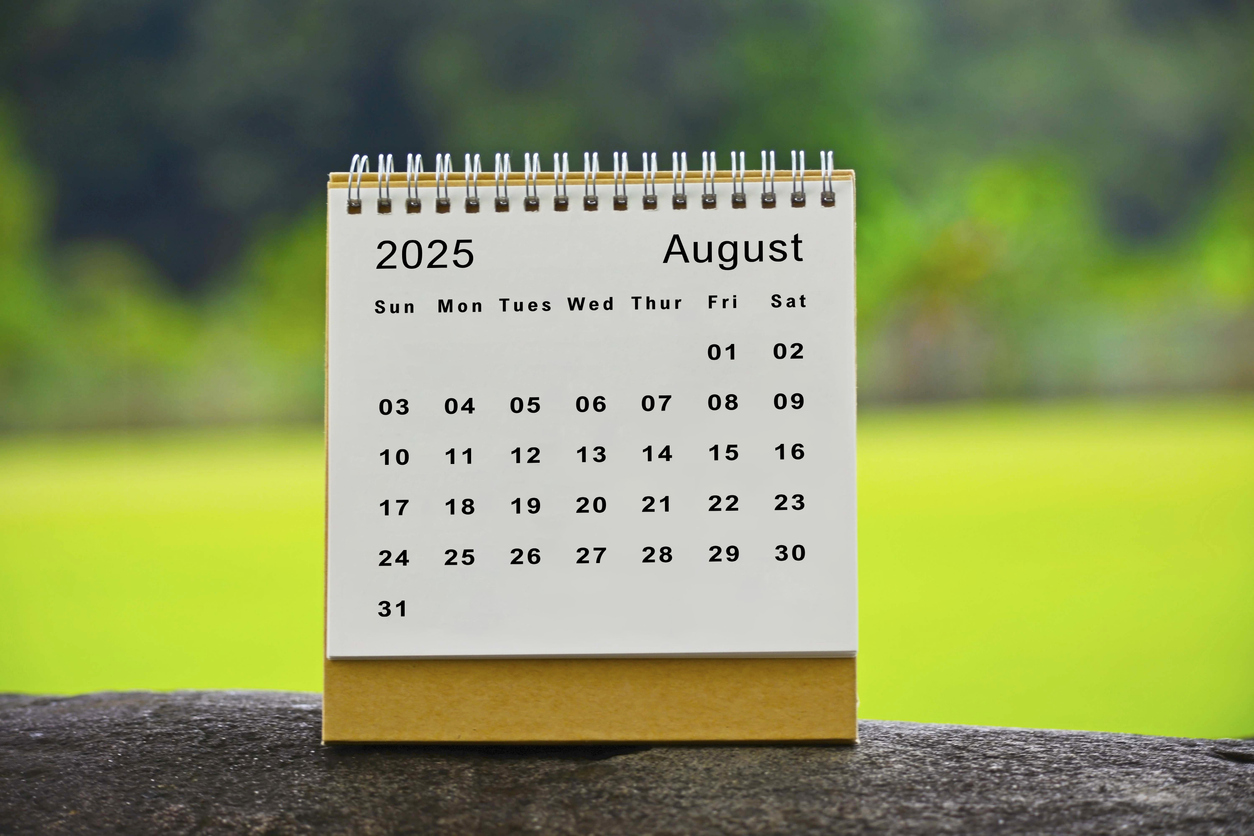
Summer’s winding down, and that means cooler temperatures, busy school schedules, and eventually, icy roads. But before fall officially hits, now is the perfect time to take care of your vehicle’s overdue maintenance. At Bret’s Autoworks, we’re already seeing appointment books fill up for fall, so don’t wait! Here's why you should schedule your service now: Why Late Summer Maintenance Matters Heat Stress Recovery: Summer heat can take a toll on your engine, battery, tires, and cooling system. Back-to-School Safety: Whether you're sending your teen off to college or driving a carpool, safety checks matter. Fall Prep: Cooler temps and changing road conditions require fresh wipers, a strong battery, and solid tire tread. 🔧 Services to Prioritize Now Oil Change & Filter Replacement Battery Te ... read more
Posted on 7/16/2025
.jpg)
There’s nothing more frustrating than seeing your check engine light suddenly pop on while you’re driving around Kansas City. That little glowing light can mean anything from a loose gas cap to a serious engine issue. So, how do you know if it’s something you can fix yourself or if you should head straight to a trusted mechanic? At Bret’s Autoworks, we help drivers figure that out every day. Here’s what you should know when your check engine light comes on — and what steps to take next. Common Reasons Your Check Engine Light Comes On1. Loose or Damaged Gas Cap A loose, cracked, or missing gas cap is one of the most common reasons the check engine light comes on. It disrupts the fuel system pressure, which triggers the warning. 2. Faulty Oxygen Sensor Your oxygen sensor monitors the air-to-fuel mix in your engine. When it malfunctions, it can reduce g ... read more
Posted on 6/20/2025

Summer in Kansas isn’t for the faint of heart. With temps soaring well into the 90s (and beyond), your vehicle’s air conditioning isn’t just a luxury — it’s a necessity. At Bret’s Autoworks in Gardner, we want to make sure you stay cool and safe no matter how hot it gets outside. If your car’s A/C is blowing warm air, making strange noises, or just not keeping up, it might be time for a checkup. Signs Your A/C Might Be Failing: Blowing warm or weak airStrange smells or noises when the A/C is onDashboard warning lightsLonger cool-down timesUnusual humidity inside the vehicle Ignoring the early signs can lead to bigger — and more expensive — problems down the road. Don&rsquo ... read more
Posted on 5/21/2025
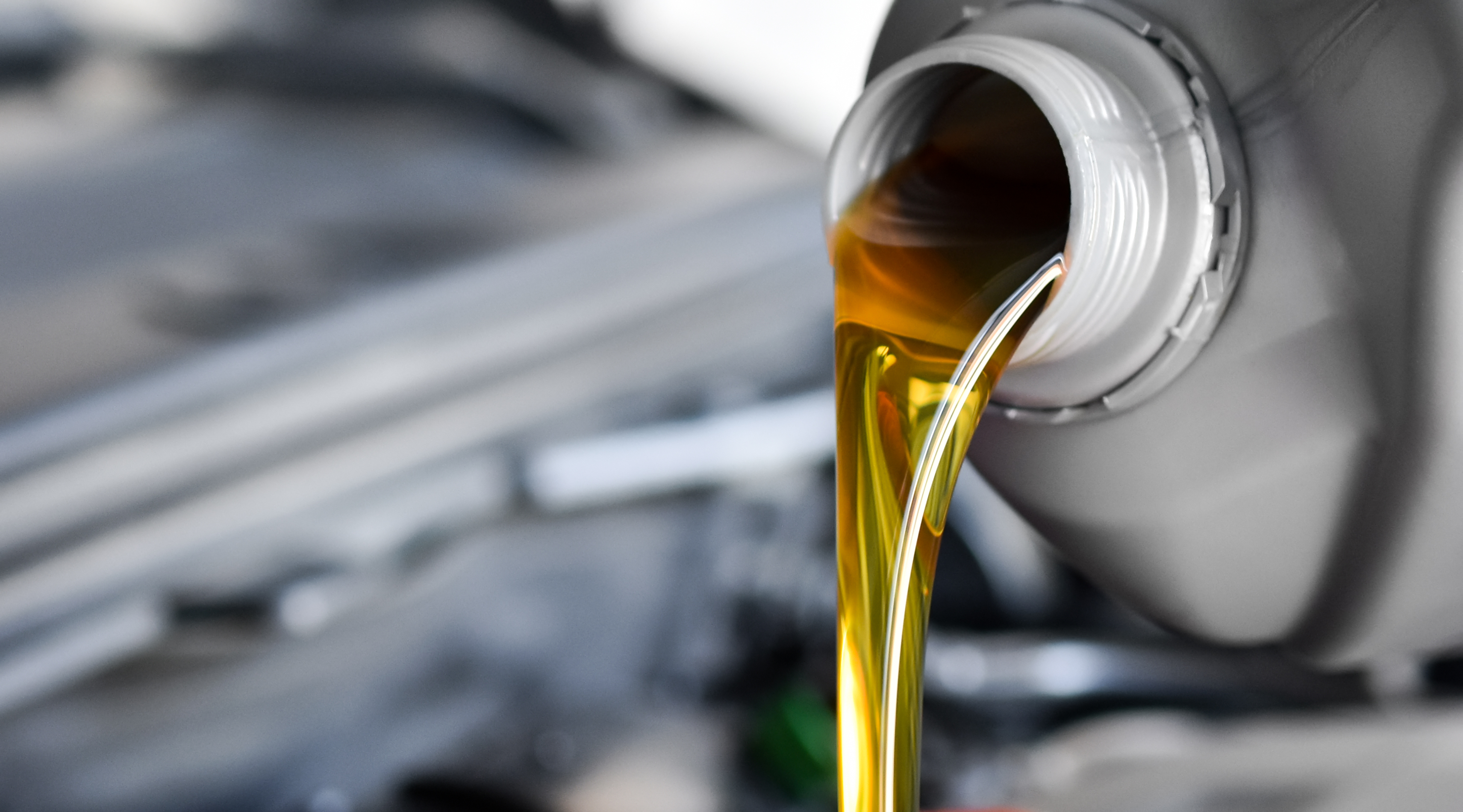
At Bret's Autoworks, regular oil changes are one of the most essential—and cost-effective—ways to protect your vehicle's engine and extend its lifespan. Whether commuting through Overland Park or taking long road trips across Kansas, routine oil maintenance ensures your engine runs smoothly, efficiently, and reliably. Why Oil Changes Matter Motor oil is the lifeblood of your engine. It lubricates moving parts, reduces friction, prevents overheating, and traps contaminants such as dirt, metal particles, and moisture. Over time, oil degrades and becomes less effective, leading to increased wear and tear on engine components. Neglecting oil changes can result in: Sludge buildup that clogs engine passages Increased friction leading to overheating Reduced fuel efficiencyPremature engine wear or failure Regular oil changes help prevent these issues, ensurin ... read more
Posted on 4/16/2025
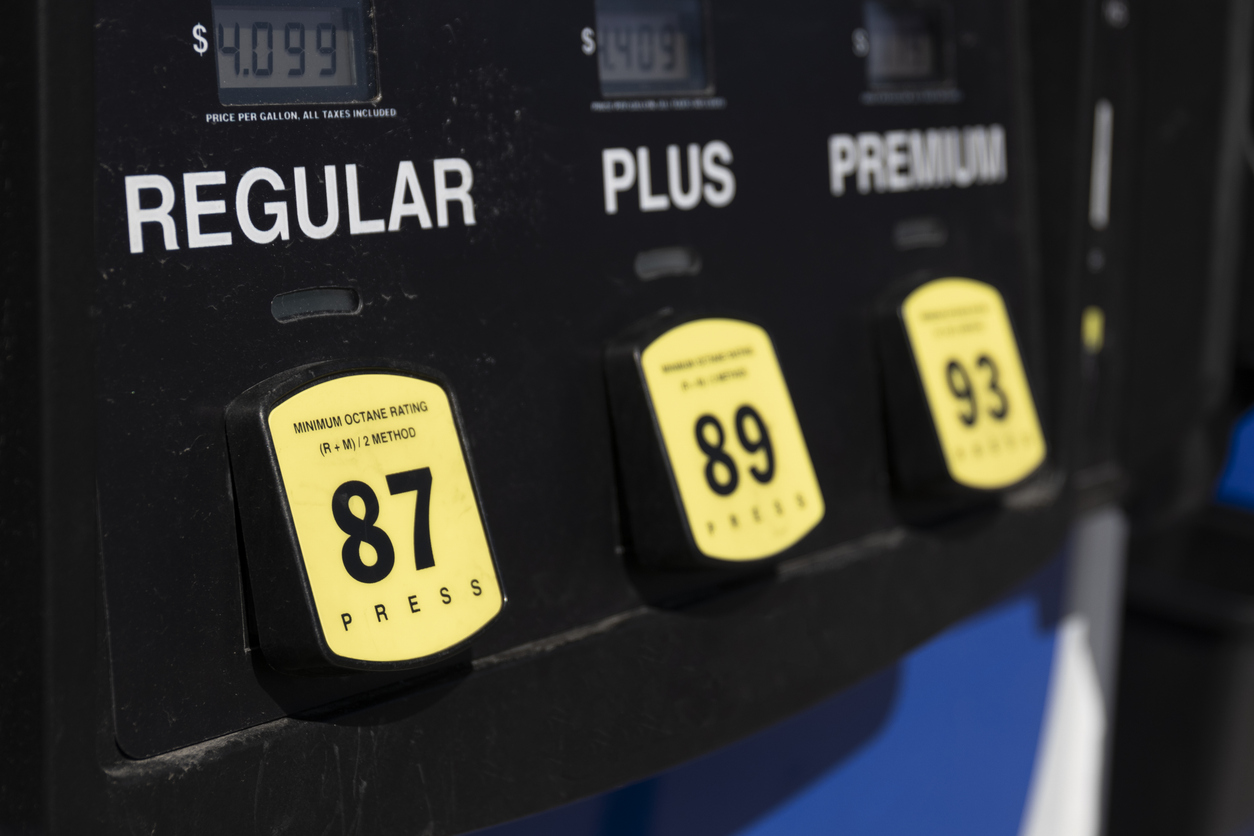
How to Improve Your Car’s Gas Mileage and Save Money Bret’s Autoworks | Expert Auto Care in Gardner, KS With gas prices fluctuating and summer road trips on the horizon, finding ways to stretch your fuel dollar is more important than ever. The good news? You don’t have to buy a new car to improve fuel efficiency. A few simple changes in how you drive and maintain your vehicle can go a long way toward saving money at the pump. 1. Keep Your Tires Properly Inflated Low tire pressure causes your engine to work harder, burning more fuel. Check your tire pressure regularly (especially with changing seasons) and keep it at the manufacturer’s recommended PSI. Not sure what that is? You’ll usually find it on a sticker inside your driver’s side door or in your owner’s manual. 2. Lighten the Load Hauling around unnecessary weight, like unused sports gear, tools, or storage bins, can lower your MPG. Every extra 100 pounds in y ... read more
Posted on 3/20/2025
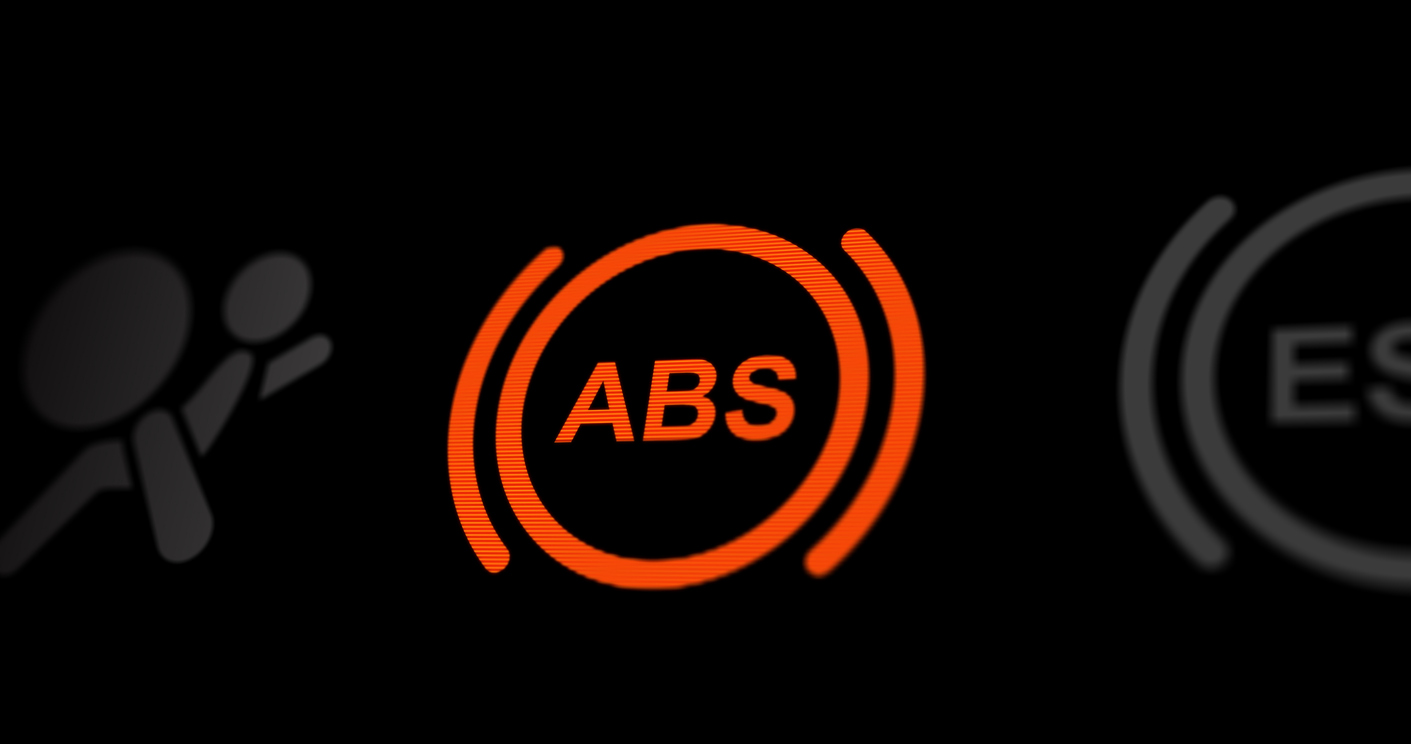
our vehicle’s braking system is one of its most important safety features, and neglecting brake issues can lead to dangerous situations on the road. If you’ve noticed unusual sounds, vibrations, or changes in how your brakes feel, it’s time to take action. At Bret’s Autoworks, we’re here to help you recognize the warning signs before they become costly or hazardous. Common Brake Warning Signs Squeaking or Grinding Noises – If you hear a high-pitched squeak when braking, your brake pads may be wearing down. A grinding sound could mean the pads are completely worn and damaging the rotors. Vibrations While Braking – Feeling a shake or vibration in the steering wheel or brake pedal? This often signals warped rotors, which can affect braking performance. Soft or ... read more
Posted on 2/19/2025

Here are the top warning signs that indicate it’s time for new tires: 1. Balding Tread Tread depth is essential for traction, especially in wet or slippery conditions. If your tread is worn down, your tires lose their grip, increasing the likelihood of hydroplaning or skidding. A simple way to check tread depth is the penny test—insert a penny into the tread with Lincoln’s head facing down. If you can see all of his head, your tread is too low, and it’s time to replace your tires. 2. Uneven Wear Patterns If you notice one side of your tire is more worn than the other, it could indicate alignment issues, improper inflation, or suspension problems. Uneven wear reduces your tires’ effectiveness and could lead to premature failure. Regular tire rotations and alignment checks can help prevent this issue, but replacing the tires is the safest option if the damage is already significant. 3. Cracks or Bulges in the Sidewall Over time, exposure to the element ... read more
Posted on 1/3/2025
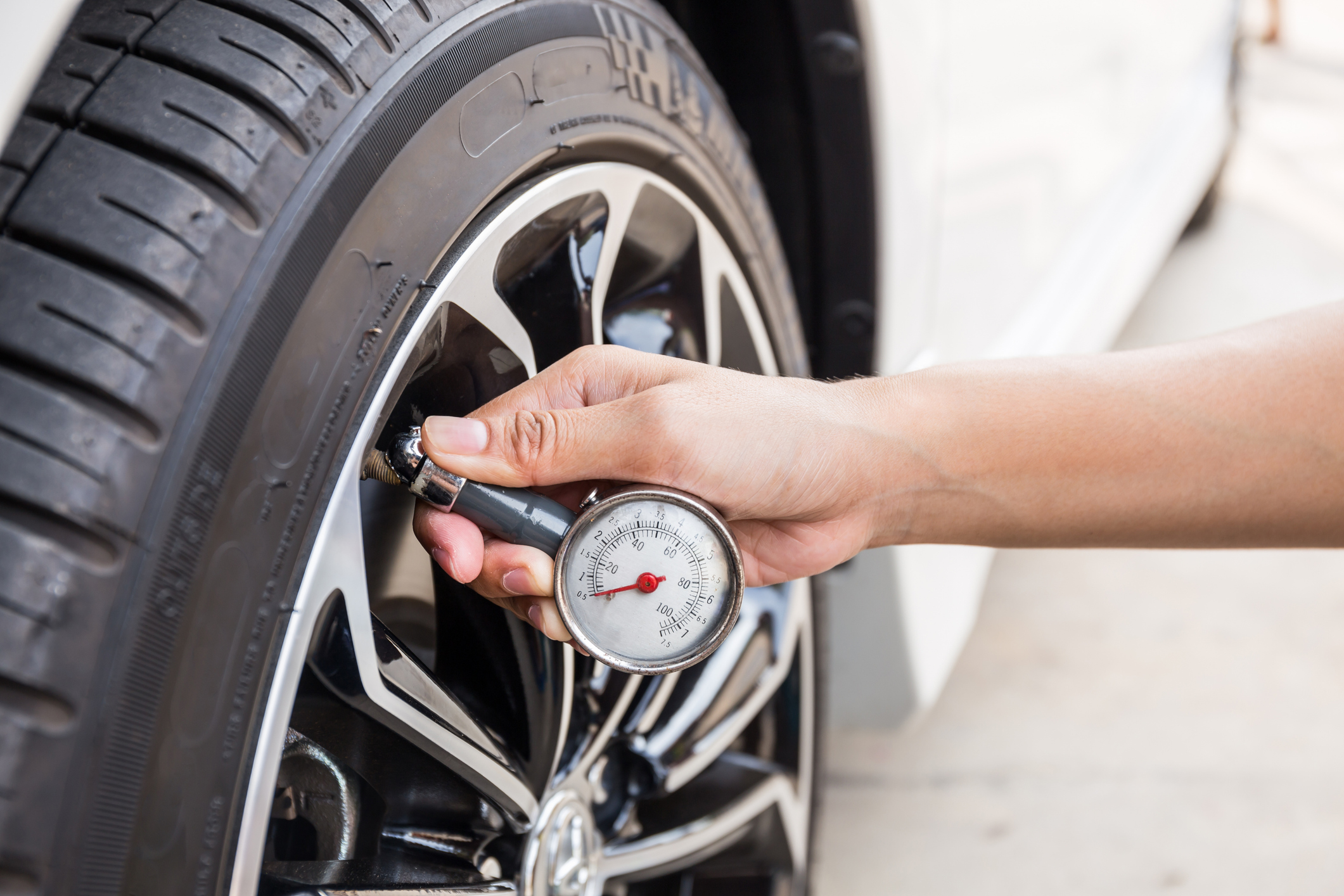
Keeping your tires in good shape is essential for safety and optimal vehicle performance year-round, but it becomes especially critical during the winter months. Cold temperatures can cause tire pressure to drop more quickly, making regular checks even more important. Proper tire pressure not only improves fuel efficiency but also enhances traction, which is crucial when driving on icy or snow-covered roads. In addition to regular maintenance, consider switching to winter tires if you live in an area with harsh winters. Winter tires are specifically designed with a rubber compound that remains flexible in low temperatures, providing better grip and control. They also feature deeper treads and unique patterns to handle snow and slush effectively, reducing the risk of sliding. As you prepare for winter, inspect your tires for adequate tread depth. The "penny test" is a quick way to check, but for winter conditions, a better standard is to use a quarter—if the tread does ... read more
Posted on 9/20/2024
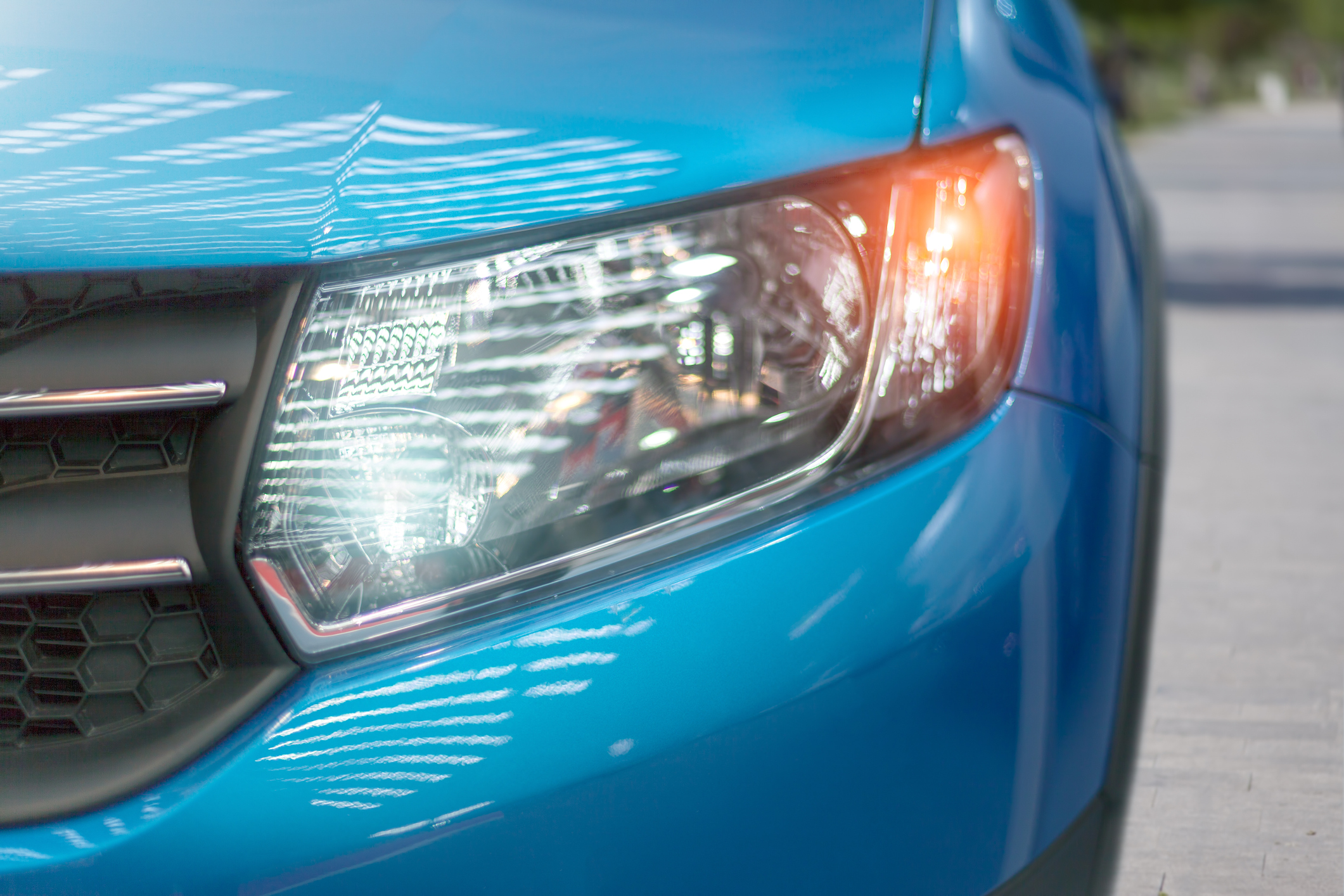
Ensuring your vehicle’s lights and signals function correctly becomes essential as the days grow shorter and the nights come sooner. Whether you're commuting to work, running errands, or taking a road trip, you'll likely be driving more often in low-light conditions during the fall and winter months. Proper lighting not only improves your own visibility but also ensures other drivers can see you clearly, reducing the risk of accidents. Here’s a step-by-step guide to checking your exterior lights and signals: 1. Turn on Your Headlights Start by turning on your headlights. Check your low and high beams to ensure they are bright and functioning correctly. If the light looks dim or uneven, it may be time to replace the bulbs or adjust the alignment. Poor lighting can significantly affect driving at night, especially on roads without adequate street lighting. 2.\Inspect Brake Lights Brake lights are critical for signaling to other drivers when you're slowi ... read more